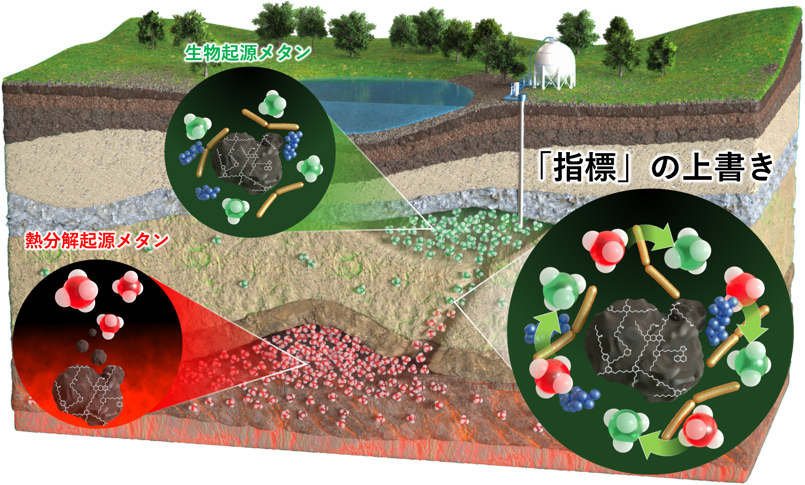2024-12-11 スウェーデン王立工科大学(KTH)
<関連情報>
- https://www.kth.se/en/om/nyheter/centrala-nyheter/utmaning-att-ersatta-fossil-energi-med-vatgas-1.1374837
- https://www.sciencedirect.com/science/article/pii/S036031992402305X?via%3Dihub
スウェーデンの圧縮水素貯蔵の先を見据えて:ケミカルハイドライドの可能性と障壁 Looking beyond compressed hydrogen storage for Sweden: Opportunities and barriers for chemical hydrides
Kumail Marnate, Stefan Grönkvist
International Journal of Hydrogen Energy Available online: 19 June 2024
DOI:https://doi.org/10.1016/j.ijhydene.2024.06.106

Highlights
- Chemical hydrides have emerged as promising hydrogen storage alternatives.
- Chemical hydrides facilitate cheaper global hydrogen trade.
- Sweden’s biogenic CO2 emissions promote storage in methanol and methane.
- Optimal storage choice depends on specific applications and their energy systems.
- Chemical hydrides have high technological maturity.
Abstract
As Sweden takes its first steps towards a hydrogen-based economy, a strategic approach to infrastructure development for both storage and delivery becomes necessary. Although compressed hydrogen is currently the state-of-the-art, its low volumetric density and associated high capital costs pose challenges to widespread societal deployment of hydrogen. In order to avoid technological lock-in, alternatives storage technologies including chemical hydrides, e.g. methanol, ammonia, methane and LOHC, must also be explored. These alternatives offer higher hydrogen densities, safer handling, and compatibility with existing infrastructure. However, each hydride has unique chemical and physical properties, requires distinct feedstock and conversion processes, and interacts with the energy system in different ways, all of which influences their suitability for various applications. Therefore, a comprehensive evaluation of these alternative hydrogen storage technologies, as carried out in this article, is vital to allow for informed investment decisions and pave the way towards a successful and sustainable hydrogen economy.



